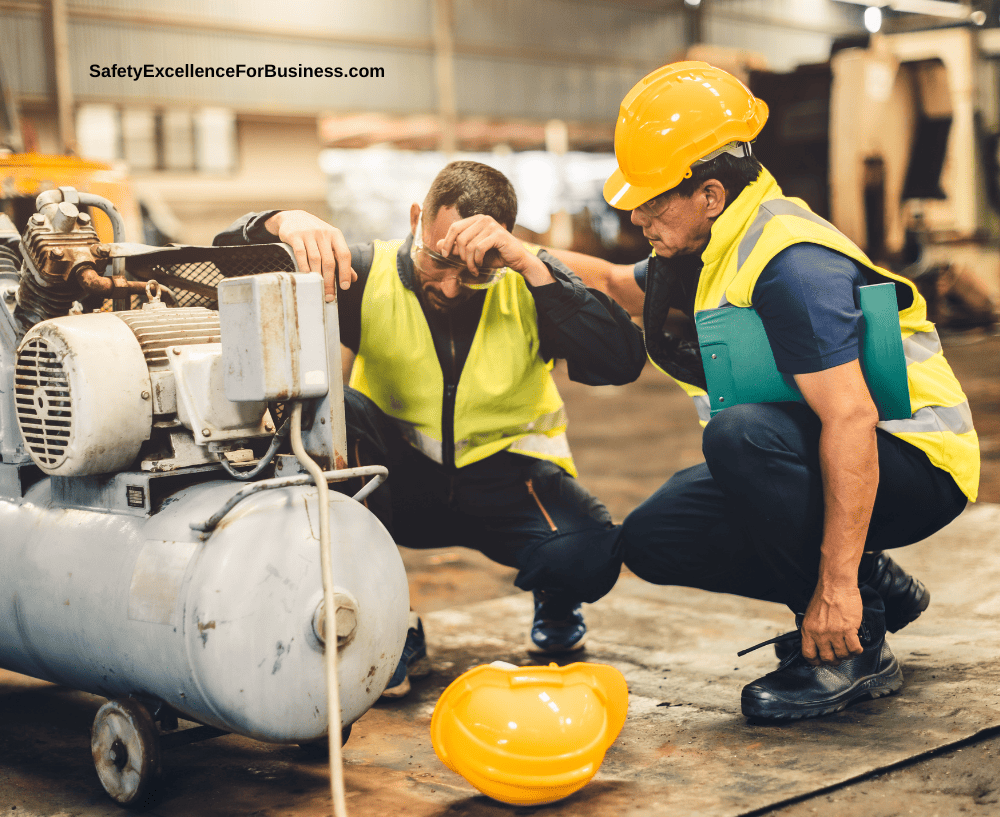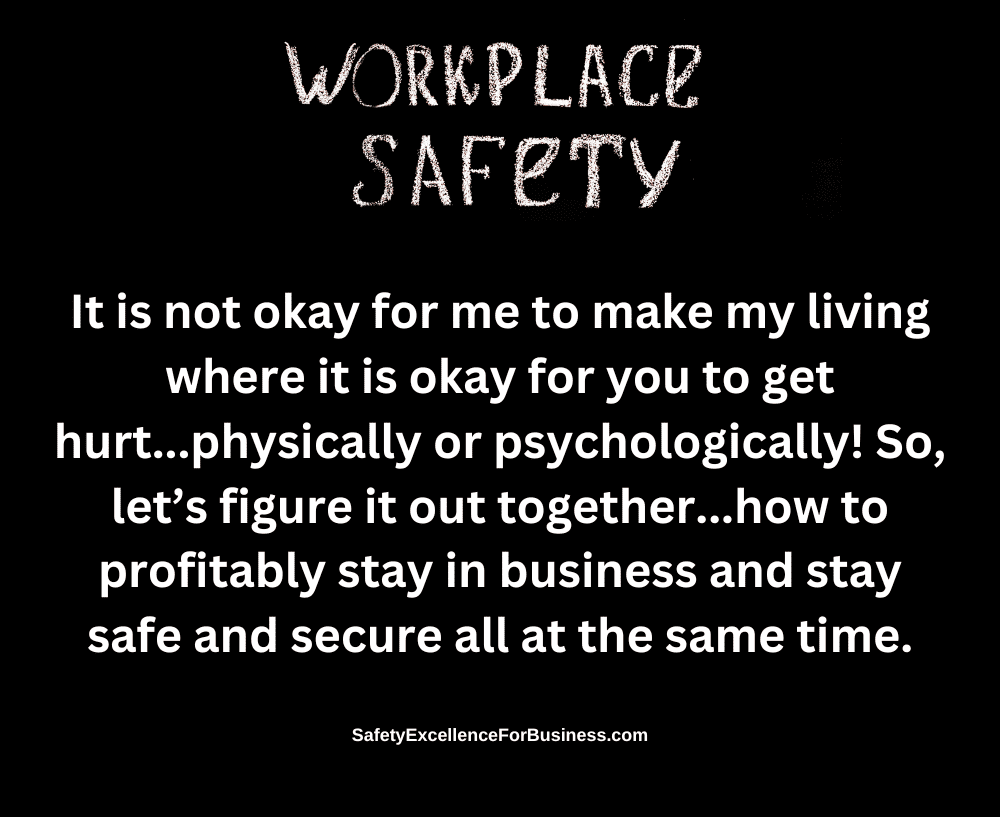I recently saw several reports of teen injuries or teens being killed at work.
All these deaths involved young people working in dangerous environments like logging and heavy equipment work. It is sad to have any person killed, especially a young person with all their life ahead of them.
But these are not the only places where young people get killed. They are often hired to do basic tasks in unfamiliar environments. They do not know the potential of serious injuries from fork trucks scurrying about, or logs being sawed, or cardboard compactors, or woodchippers, or other moving, dangerous activities. Many get put into these new jobs with little safety training. They think that bad things will not happen to them and take dangerous risks. Their understanding of safety is usually very sparce. These young people are very vulnerable. And it is unconscionable that adults are willing to put these vulnerable youngsters into such situations.
With the heat waves we are experiencing, they probably do not understand the dangers of heat exhaustion. They may be assigned to work in a closed warehouse, a truck, or other confined space where the heat dangers can be very high. I have a young friend who just started with a package delivery company and was out making deliveries. He was very active and darting in and out of the hot truck to deliver packages. The sun was blazing. He knew he was getting tired but did not know the dangers of heat exhaustion. He became dizzy and threw up but tried to tough it out. He wound up in the hospital.
Newcomers Need Our Help
All of us who know our workplace understand the hazards and know the safety procedures necessary to help these young people. For many of us, these newcomers may seem like they are from a different world. Their work ethics may be strange like thinking it is okay to be late for work or to not follow safety rules.
We need to reach out to them and give them a hand. They need guidance and help as they enter our strange, new world. It helps to talk with them about the work, the expectations, and rules in a way that makes sense to them. We need to sit together with them and talk about this new world they are entering without putting them down or making them feel stupid. Tell them some stories about incidents that have happened. Show them, with hands on, the things they will be doing. Show them where they can find help if necessary. Maybe assign them to an experienced person who cares about people and who can help them get established. Make sure that they have the safety equipment they need. We should not baby them in the process, but make sure that they have the information they need and know the people to whom they can talk if they need help.
It is important to let them know what the standards and rules are so they can clearly understand what is expected of them. We need to be sure that they understand the language we use. Be careful with all the acronyms since they will sound like a foreign language to them.
We, as leaders and managers, have a great responsibility to
these young people and their families to really help them.
The plant manager of a big sugar mill where I was doing some safety work shared a powerful, sad story with a group of men with whom we were working. He asked the men if they remembered what happened to Joe, a mill operator, when he was so severely injured. They all remembered Joe’s tragic accident. The plant manager then told them about visiting Joe in the hospital. Joe’s parents were there also visiting. At one point Joe’s father turned to the plant manager and said, “I trusted my son to you and the company and look at what you did to him!”
Let’s all help the young people coming into our workspaces,
and never have to look a grieving parent in the eye,
apologizing to them for having failed them.
Leadership
When I was a Plant Manager, I did not work directly on safety issues. My focus was on the people and our relationships together. I spent hours every day talking with people all around the plant about things that were happening, how the business was doing, and some of our challenges. Safety often came up, and we addressed it as we went. Many of them began to take the initiative to identify and solve their own problems.
I felt it was important for people to know what was going on around them. I did this with respect, listening, asking them how I could help them, what problem was bugging them, and how we could improve things. I worked hard to let them see that I genuinely cared and built trust. Sometimes I would have to apologize for something I had said or done unintentionally. I also wanted them to see that they were an important part of the whole plant and were making a positive difference.
Sharing information, listening, and building trust, and helping people to see that their work (including their safety) was important and both their work and integrated safety connected to my leadership work. As I did this every day, things changed and the whole culture shifted. Our total performance significantly improved and in just 4 years we cut our injury rates by 97%. Then they sustained this for 19 years.
Why am I emphasizing this?
Because safety attention is integral to all work…and all work gets done through people…People do their best work when they understand the whole picture, and caring, authentic leadership (listening, sharing information, and building trust) are the absolute essentials to extraordinary outcomes.







